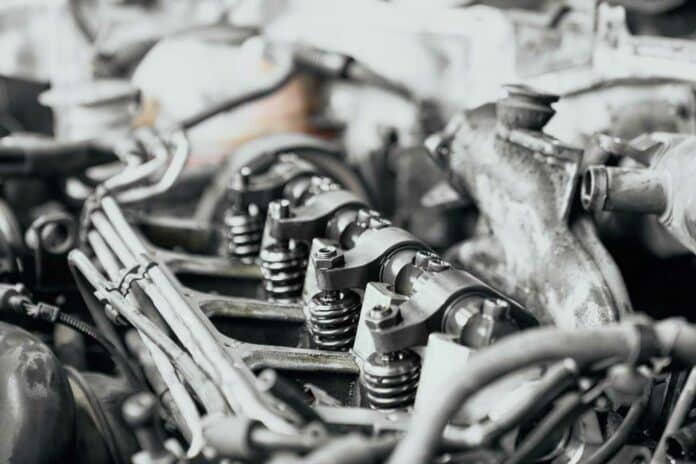A recent Tohoku University study directly addresses reducing carbon dioxide emissions by improving combustion engine efficiency. Theoretically, deflagration and ignition are related in a combustion system. As a result, they develop novel configurations for reliable, effective combustion engines.
They only needed a more profound comprehension of combustion dynamics to create safer, more environmentally friendly solutions. Chemical and hydrodynamic interactions are intricately linked in combustion dynamics.
Scientists employed computational fluid dynamics to gain a greater understanding and control over the process. A system that can function steadily in a steady state and has a particular tolerance range for minor perturbations would simplify the structure and control of combustors. This would also raise the possibility of commercializing innovative combustor designs.
To investigate this idea, Tohoku University researchers looked at a simple, one-dimensional reactive flow system in which burned gas, or deflagration wave, exits from the right outlet boundary and unburned premixed gas enters a combustion chamber from the left inlet boundary.
Until now, the working theory maintained that a steady-state solution could only occur when the inlet velocity matched the velocity of the detonation wave, a shock reaction in which the flames exiting travel at supersonic speeds, or the deflagration wave’s subsonic velocity.
This conventional wisdom, however, is based on the erroneous belief that no significant chemical processes are occurring in the preheating zone. Current research highlights the importance of “autoignition-assisted flames,” in which chemical reactions occurring before the flame aid a deflagration propagating in a hot, unburned premixed gas mixture to spread more quickly. This implies that various steady-state solutions influence how long the gas remains in residence before deflagration.
Based on these findings, scientists designed a theory that successfully bridged the gap between ignition and deflagration waves. They revealed the existence of possible steady-state solutions when they considered the “autoignitive reaction wave” – a wave that is affected by ignition in the preheat zone but behaves like a deflagration wave.
Youhi Morii from the Institute of Fluid Science at Tohoku University said, “Contrary to the prevailing view that only a single steady-state solution exists for deflagration waves in subsonic one-dimensional systems, our approach posits an infinite number of such solutions as autoignitive reaction waves, asserting that ignition and flame are intrinsically linked.”
This means that steady-state solutions exist not merely at the two points where the inlet velocity matches the velocities of the deflagration or detonation waves but also in a broader region if autoignitive conditions are considered.
The team further extended the theory to scenarios involving supersonic inlet velocities. In the supersonic regime, the conventional understanding is that a steady-state solution is possible only when the inlet velocity matches the detonation wave velocity. However, given that the autoignitive reaction wave originates from zero-dimensional ignition, the researchers argued that it should be independent of the inlet velocity.
“We propose that an infinite number of steady-state solutions exist for the autoignitive reaction wave, even in supersonic conditions,” Morii said.
Theoretically linking ignition and flame, the engine can now be considered from a new perspective. Accounting for ignition phenomena offers the possibility of more stable combustion, leading to the idea of a new concept of the engine that is more efficient than the conventional one.
Journal Reference:
- Youhi Morii and Kaoru Maruta. General concept for autoignitive reaction wave covering from subsonic to supersonic regimes. Physics of Fluids. DOI: 10.1063/5.0176262
